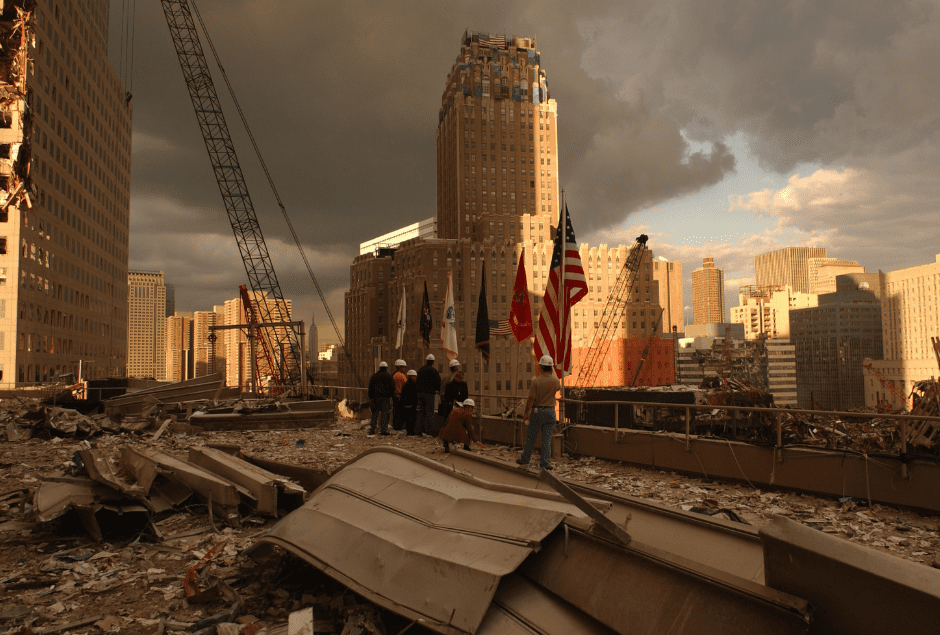Collective fear has the power to shape societies in profound, lasting ways. When large groups share the same concerns, it can significantly influence social, political, and cultural actions. Whether these fears are rooted in reality or driven by misinformation, we can feel the impact.
Historical Cases of Collective Fear
The Salem Witch Trials (1692)
In 1692, the small town of Salem, Massachusetts, was gripped by fear. The fear of witchcraft, stoked by religious fanaticism and superstition, led to the infamous Salem Witch Trials. The panic spread quickly, often fueled by accusations and confessions without evidence. During the Salem Witch Trials, women, particularly those who were marginalized, were the primary targets. Within a year, nearly 200 people were accused, 19 executed, and many others imprisoned. At least five people died in prison.
The Red Scare (1940s-1950s)
After World War II, the Cold War started between the democratic U.S. and the communist Soviet Union. This fed fears that communist spies had infiltrated American institutions. Political and social advancements of other communist entities, like North Korea, led to the Red Scare. During this period, there were widespread accusations, investigations, and isolation of people suspected of communist ties.
Senator Joseph McCarthy became the face of this fear, leading a campaign that destroyed the careers and lives of innocent people. The Red Scare led to the creation of laws that restricted pro-communist free speech and gathering in the name of national security. This period created an atmosphere of suspicion and paranoia that reached every corner of society.
Y2K Panic (1999-2000)
As 2000 approached, a fear of the so-called Y2K bug spread worldwide. At the time, computers used dates that only contained the last two numbers of the year. For example,1990 would just be 90. Programmers worried that, when the new year came, computers would read 00 as 1900 instead of 2000, causing widespread failure. They worried that this error would cause chaos in banking, utilities (incl. nuclear power plants), and transportation.
The US government and companies spent millions to prevent potential failures. Constant media coverage increased public panic. Some people stocked up on food, built nuclear fallout shelters, and prepared for the end of the world. But when the new year arrived, there were hardly any glitches. However, the event led to significant investments in technology and infrastructure that improved overall system resilience.
Modern Examples of Collective Fear
The COVID-19 Pandemic (2019-Present)
The COVID-19 pandemic is an ongoing example of collective fear influencing global behavior. In the early days, fear of the unknown, infection, and death led to global government measures like lockdowns, travel restrictions, and mask mandates. Panic buying and hoarding became common as people feared shortages. Even as vaccines became available, fear persisted, leading to vaccine hesitancy and debates over public health measures. The pandemic highlighted how fear can influence both individual and collective actions, sometimes in contradictory ways.
Terrorism Post-9/11 (2001)
The September 11th attacks led to massive changes in how the world views terrorism. Fear of further attacks led to the War on Terror, which included military actions in Afghanistan and Iraq and sweeping changes to security policies. The USA PATRIOT Act was passed after 9/11 to expand government surveillance powers in ways that still affect privacy rights.
Additionally, the fear of terrorism also contributed to the rise of Islamophobia, as some began to associate Islam with terrorism. This period saw increased surveillance and stricter airport security measures. The long-term impact of this fear is still evident in global politics and society.
Climate Change Anxiety
Recently, the fear of climate change has become a significant collective concern. Extreme weather events, rising sea levels, and scientific reports have contributed to a growing sense of urgency. Fear of a bleak future has increased demand for sustainable products and pressure on governments and corporations to act. This fear has also sparked debates over climate policies, with some arguing for immediate action and others downplaying the risks.
Key Takeaways
- Collective fear can quickly mobilize action but often has unintended consequences. While fear can lead to lasting societal shifts, the original cause doesn’t always align with these new changes. The impact of fear-driven policies often outlasts the fear itself, influencing society in ways we may not have anticipated.
- Fear can be manipulated to target specific groups, leading to social division and long-term harm. The scapegoating seen in cases like the Salem Witch Trials and the Red Scare reflects how we use fear to justify exclusion and violence.
Sources
https://www.smithsonianmag.com/history/a-brief-history-of-the-salem-witch-trials-175162489/
https://www.history.com/topics/cold-war/red-scare

